Home>Garden Essentials>What Are Microgreen Seeds
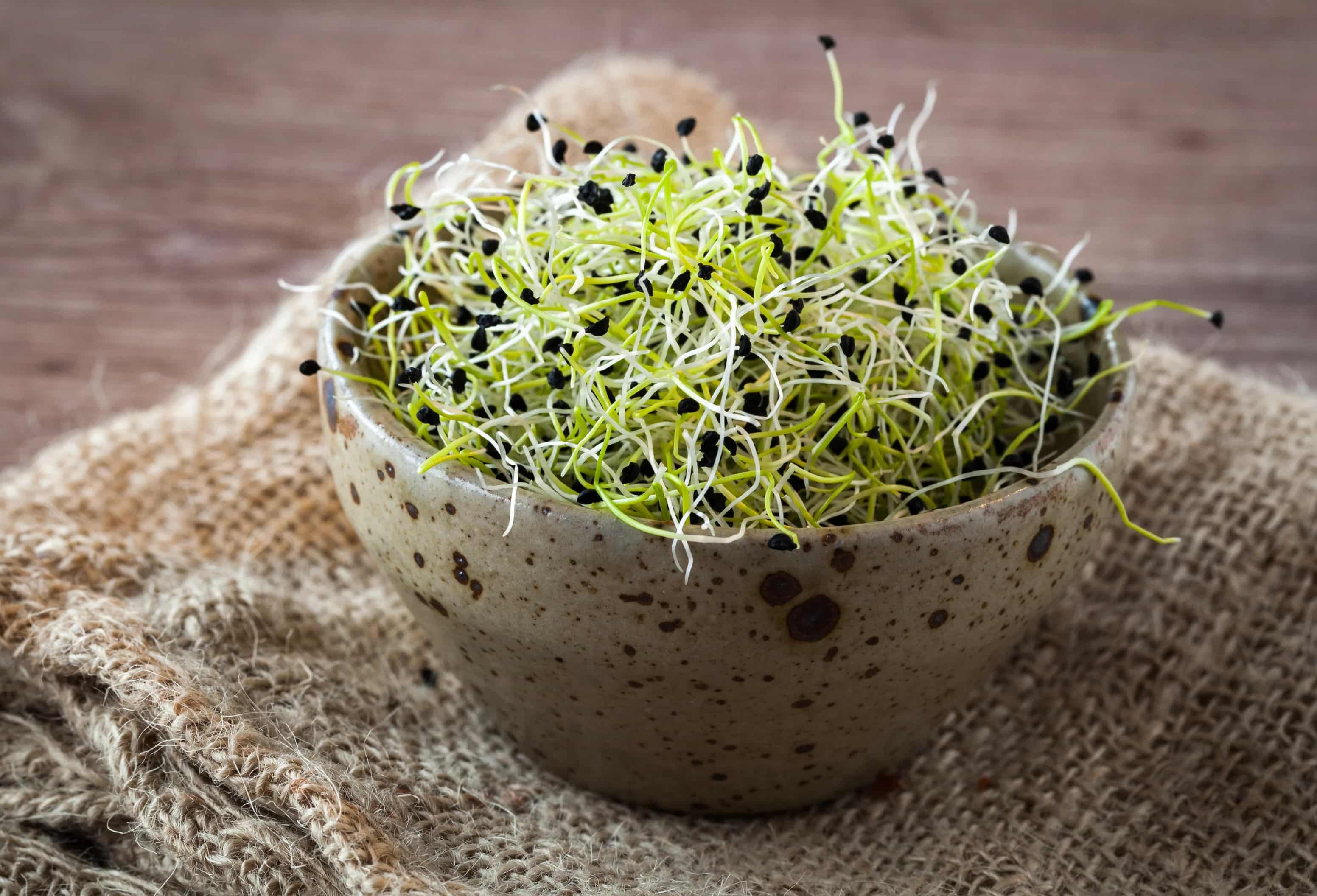

Garden Essentials
What Are Microgreen Seeds
Modified: March 15, 2024
Discover the wonders of microgreen seeds and how they can transform your garden into a vibrant and nutritious oasis. Explore their benefits and learn how to cultivate them for a bountiful harvest.
(Many of the links in this article redirect to a specific reviewed product. Your purchase of these products through affiliate links helps to generate commission for Storables.com, at no extra cost. Learn more)
Introduction
Welcome to the fascinating world of microgreen seeds! If you’re a fan of gardening or interested in exploring new ways to add fresh, nutritious greens to your diet, then microgreens are definitely worth considering. These tiny, nutrient-packed plants are not only visually appealing but also incredibly flavorful. And the best part? You can grow them right at home with just a handful of microgreen seeds and some basic gardening supplies. In this article, we’ll delve into the world of microgreen seeds, exploring their definition, benefits, types, and how to grow and harvest them.
Microgreen seeds, as the name suggests, are the tiny seeds that are used to grow microgreens. But what exactly are microgreens? Microgreens are the edible young shoots of various vegetables and herbs. They are harvested when the first set of true leaves start to appear, typically between 7-21 days after germination. Despite their small size, microgreens are packed with concentrated nutrients, making them a nutritious addition to any meal.
Now, let’s take a closer look at the benefits of microgreen seeds. Firstly, microgreens are incredibly nutrient-dense. They contain higher levels of vitamins, minerals, and antioxidants compared to their fully grown counterparts. Additionally, microgreens are easy to grow and require minimal space and resources. Whether you have a spacious garden or a small balcony, you can easily cultivate a wide variety of microgreens. Moreover, growing microgreens from seeds allows you to have a fresh supply of greens year-round, regardless of the season.
There are various types of microgreen seeds available, each offering a unique flavor and nutritional profile. Some popular microgreen seeds include broccoli, sunflower, radish, kale, and cilantro. These seeds can be easily found online or at local gardening stores, giving you plenty of options to experiment with different flavors and combinations.
Now that you have a basic understanding of microgreen seeds, it’s time to dive into the process of growing microgreens from seeds. In the next section, we’ll explore the step-by-step guide for nurturing your microgreen seeds into vibrant young plants.
Key Takeaways:
- Discover the magic of microgreen seeds! Easily grow nutrient-packed greens at home year-round. Enjoy vibrant flavors and elevate your dishes with these tiny, flavorful plants.
- Unleash your inner gardener with microgreen seeds! From easy cultivation to bountiful harvests, explore a world of fresh, nutritious greens. Elevate your meals with vibrant colors and intense flavors.
Read more: How To Germinate Microgreens
Definition of Microgreen Seeds
Microgreen seeds are the tiny seeds used to grow microgreens, which are the young, edible shoots of various vegetables and herbs. These seeds are specifically selected and cultivated for their ability to rapidly germinate and produce vibrant, flavorful greens.
Unlike sprouts, which are grown by soaking the seeds and consuming the whole plant, microgreens are grown in soil or other growing mediums. They are harvested when the first true leaves emerge, typically within 7-21 days after germination.
Microgreen seeds come in a wide variety, allowing for an array of flavors, textures, and colors. Some common microgreen seeds include broccoli, sunflower, radish, kale, and cilantro. Each seed type offers a unique taste and nutritional value, making it exciting to experiment with different combinations in your microgreen garden.
Microgreen seeds are distinct from regular vegetable or herb seeds in a few key ways. Firstly, microgreen seeds are chosen for their high germination rate. This means that a large percentage of the seeds will successfully sprout and grow into healthy microgreens. Having a high germination rate is essential for a successful microgreen garden, as it ensures a consistent and abundant harvest.
Microgreen seeds are also selected for their flavor and visual appeal. These seeds produce greens with intense, concentrated flavors, making them a delightful addition to any dish. The vibrant colors of microgreens add visual interest and elevate the presentation of meals.
It’s important to note that not all vegetable and herb seeds are suitable for growing microgreens. While most seeds can germinate and sprout, not all will produce the desired flavors and textures of microgreens. Therefore, it’s essential to choose seeds specifically labeled for microgreen production, as they have been carefully bred and selected for their suitability for this purpose.
Overall, microgreen seeds are the starting point for cultivating a bountiful supply of fresh, nutritious greens. With their unique flavors, vibrant colors, and concentrated nutrients, microgreens are a delightful addition to salads, sandwiches, stir-fries, and many other culinary creations. Now that we’ve covered the definition of microgreen seeds, let’s explore the various benefits they offer.
Benefits of Microgreen Seeds
Microgreen seeds offer a host of benefits, making them an excellent addition to any garden or diet. Let’s explore some of the key advantages of including microgreen seeds in your life:
- Nutrient-dense: Microgreens are packed with essential vitamins, minerals, and antioxidants. In fact, studies have shown that microgreens can contain up to 40 times more nutrients than their mature counterparts. Adding a variety of microgreen seeds to your meals can provide a significant boost in nutrition.
- Easy to grow: Whether you have a sprawling garden or limited space, growing microgreens from seeds is a breeze. They can be grown indoors, on a windowsill, or in a small container garden. Unlike traditional gardening, microgreens have a short growing period, usually around 1-3 weeks, allowing you to enjoy fresh greens in no time.
- Year-round availability: With microgreens, you can enjoy fresh greens throughout the year, regardless of the season. By growing microgreens from seeds indoors, you can have a constant supply of nutritious, homegrown greens at your fingertips.
- Enhances flavor: Microgreens are bursting with flavor. Each type of microgreen seed offers a unique taste profile that can add depth and complexity to your dishes. From the peppery bite of radish microgreens to the earthy notes of kale microgreens, experimenting with different microgreen seeds can elevate the flavor of your meals.
- Visual appeal: The vibrant colors of microgreens can add an aesthetic appeal to your dishes. The delicate green, purple, red, and yellow hues of microgreens make them an attractive garnish, adding visual interest and making your meals more appetizing.
- Encourages gardening: Growing microgreens from seeds is a fantastic way to introduce gardening to beginners or those with limited space. It requires minimal gardening knowledge and resources, making it an accessible and satisfying hobby for anyone interested in homegrown produce.
- Supports sustainable living: By growing your own microgreens, you reduce your reliance on store-bought greens that may have traveled long distances, resulting in a smaller carbon footprint. Additionally, microgreens can be harvested as needed, reducing food waste and ensuring a fresh and sustainable food source.
Overall, microgreen seeds offer an abundance of benefits for your health, taste buds, and the environment. Whether you’re looking to boost your nutrient intake or simply add a burst of flavor to your meals, growing microgreens from seeds is a rewarding and enjoyable endeavor.
Next, let’s explore the different types of microgreen seeds available and the unique characteristics they bring to your garden and plate.
Types of Microgreen Seeds
Microgreen seeds come in a wide variety, each offering its own distinct flavor, texture, and nutritional profile. Here are some popular types of microgreen seeds that you can consider growing:
- Broccoli: Broccoli microgreens have a mild and slightly sweet flavor with a hint of spiciness. They are packed with nutrients like vitamins A, C, and K, as well as folate and fiber.
- Sunflower: Sunflower microgreens have a nutty flavor and a crunchy texture. They are a great source of protein, healthy fats, and vitamins like vitamin E and B complex vitamins.
- Radish: Radish microgreens add a pleasant peppery kick to your dishes. They are rich in vitamin C, calcium, potassium, and other minerals, making them a nutritious addition to salads and sandwiches.
- Kale: Kale microgreens have a mild and slightly bitter taste. They are packed with key nutrients like vitamins A, C, and K, as well as antioxidants and minerals like calcium and iron.
- Cilantro: Cilantro microgreens offer a fresh and tangy flavor reminiscent of the mature herb. They are a good source of antioxidants and vitamins, including vitamins A, C, and K.
- Pea: Pea microgreens have a sweet and delicate flavor, similar to fresh peas. They are rich in vitamin C, folate, and fiber, and are often used in salads, soups, and stir-fries.
- Beet: Beet microgreens have a earthy and slightly sweet taste. They are high in vitamins and minerals such as vitamin C, potassium, and iron, and can add a vibrant touch to your dishes.
These are just a few examples of the wide range of microgreen seeds available. You can also explore other options like amaranth, basil, chard, mustard, and many more. Mixing and matching different types of microgreen seeds allows you to create unique flavor combinations and add variety to your culinary creations.
When purchasing microgreen seeds, make sure to select high-quality, organic seeds from reputable suppliers. This ensures that you are starting with the best possible seeds for a successful microgreen harvest.
Now that you have an understanding of the different types of microgreen seeds, let’s move on to the practical aspects of growing microgreens from seeds.
How to Grow Microgreens from Seeds
Growing microgreens from seeds is a simple and rewarding process that can be done indoors or in small outdoor spaces. Here is a step-by-step guide to help you successfully grow your own microgreens:
- Select your growing container: Start by choosing a suitable container for growing your microgreens. Options include trays, shallow pots, or even recycled containers like plastic clamshells or egg cartons. Ensure that the container has drainage holes to prevent waterlogging.
- Prepare the growing medium: Fill the container with a sterile, lightweight growing medium such as potting soil, coconut coir, or vermiculite. Moisten the growing medium slightly, ensuring that it’s evenly damp but not overly wet.
- Sow the seeds: Spread a thin, even layer of microgreen seeds over the surface of the growing medium. Ensure that the seeds are spaced evenly to prevent overcrowding. Gently press the seeds into the growing medium, but avoid burying them too deep.
- Provide ideal growing conditions: Place the container in a warm location with indirect sunlight or under grow lights. Microgreens thrive in temperatures between 60-75°F (15-24°C). Maintain a consistent level of moisture by misting the seeds or covering the container with a humidity dome or plastic wrap. Avoid overwatering, as this can lead to mold or root rot.
- Monitor and care for the microgreens: Check on your microgreens daily and water them when the growing medium feels slightly dry. Ensure good air circulation by removing the humidity dome or plastic wrap once the seeds have sprouted. You may also gently brush the tops of the microgreens with your hand to promote sturdy growth.
- Harvest the microgreens: Once the microgreens have reached the desired height of 1-3 inches, typically within 1-3 weeks, it’s time to harvest. Use a pair of clean scissors or a sharp knife to cut the microgreens just above the soil level. Rinse them gently to remove any excess soil and pat them dry before enjoying them in your favorite dishes.
Remember to start small and experiment with different microgreen seeds to find your preferred flavors. As you gain experience, you can expand your microgreen garden and explore new combinations.
Now that you know how to grow microgreens from seeds, let’s learn about the best time to harvest them to ensure optimal flavor and nutrition.
When growing microgreens, it’s important to use high-quality seeds specifically labeled for microgreen production. These seeds are typically untreated and have a high germination rate, ensuring a successful harvest.
Read more: How To Get Seeds From Microgreens
Harvesting Microgreens
Harvesting microgreens is an exciting and rewarding step in the process of growing these nutritious greens. Here are some important considerations and guidelines for harvesting your microgreens:
Timing is crucial when it comes to harvesting microgreens. Microgreens are typically ready for harvest when they have developed their first set of true leaves, which usually occurs around 7-21 days after germination. At this stage, the microgreens are tender, flavorful, and packed with nutrients.
To harvest your microgreens, follow these steps:
- Preparation: Before you begin, make sure to wash your hands thoroughly and sanitize your cutting tools to prevent the spread of any bacteria or contaminants.
- Cutting method: Use a clean pair of sharp scissors or a sharp knife to cut your microgreens just above the soil level. Take care not to pull or tug on the delicate plants, as this may damage the roots or disturb the soil. Make clean cuts to ensure the microgreens retain their freshness and appearance.
- Harvesting quantity: You can either choose to harvest the entire tray/container of microgreens or selectively harvest small portions of the crop, allowing the remaining plants to continue growing. This method is known as “cut and come again” and can provide multiple harvests from a single batch of seeds.
- Post-harvest care: After harvesting, gently rinse the microgreens under cool water to remove any lingering soil particles. Pat them dry with a clean towel or use a salad spinner. Properly stored, refrigerated microgreens can stay fresh for up to a week.
It’s important to note that microgreens are best consumed fresh, as their flavor and nutritional value decline over time. Therefore, it’s recommended to harvest microgreens just before using them in your dishes to ensure peak taste and nutritional content.
Experiment with harvesting different varieties of microgreens at different stages of growth to explore the subtle variations in flavors and textures. You might find that you prefer certain microgreens when they are still young and delicate, while others offer more robust flavors as they mature.
Now that you’ve learned how to harvest your microgreens, let’s explore how to properly store and utilize them to maximize their freshness and nutritional benefits.
Usage and Storage of Microgreen Seeds
Microgreen seeds are not only versatile in their growth potential but also in their usage and storage. Here are some tips and recommendations to help you get the most out of your microgreen seeds:
Usage:
- In salads and sandwiches: Microgreens make a vibrant and nutritious addition to salads, sandwiches, and wraps. Their tender leaves and intense flavors can add a burst of freshness and texture to these dishes.
- As garnishes: Use microgreens as a visually appealing and flavorful garnish for soups, stir-fries, omelets, and other main courses. They can elevate the presentation of your dishes and add a pop of color.
- In smoothies and juices: For an extra dose of nutrients, blend microgreens into your smoothies or juices. They can enhance the nutritional content and provide a subtle, refreshing taste to your beverages.
- In sauces and dressings: Chop or blend microgreens into sauces, dressings, or spreads to infuse them with unique flavors and increase their nutritional value.
- In baked goods: Get creative by incorporating microgreens into baked goods like bread, muffins, or savory pastries. They can add an interesting twist and surprise element to your recipes.
Storage:
To maintain the freshness and quality of your microgreen seeds, follow these storage guidelines:
- Cool and dry: Store your microgreen seeds in a cool, dry place away from direct sunlight, moisture, and heat sources. A dark and well-ventilated pantry or refrigerator is ideal for long-term storage.
- Airtight containers: Transfer the seeds to airtight containers or resealable bags to maintain their freshness and protect them from moisture or pests.
- Label and date: Clearly label the containers with the seed type and date of purchase or harvest. This will help you keep track of the seed’s age and ensure you use the oldest seeds first.
- Seed viability: It’s important to note that the germination rate of microgreen seeds can decrease over time. It’s generally recommended to use the seeds within 1-2 years of purchase for optimal results.
- Properly stored microgreen seeds can retain their viability and germination rate, allowing you to enjoy fresh microgreens whenever you’re ready to grow them.
By incorporating microgreens into your recipes and storing your microgreen seeds properly, you can make the most of their nutritional value and unique flavors.
Now that you have a better understanding of how to utilize and store microgreen seeds, let’s explore some additional tips and recommendations for successful microgreen gardening.
Tips and Recommendations for Growing Microgreens
While growing microgreens from seeds is a relatively simple process, there are some tips and recommendations that can help ensure success and maximize your harvest. Here are some valuable tips to keep in mind:
- Choose high-quality seeds: Start with fresh, high-quality microgreen seeds from reputable suppliers. Look for seeds labeled specifically for microgreen production, as they have been bred for optimal taste, texture, and nutrition.
- Pre-soak certain seeds: Some seeds, like sunflower and pea, benefit from pre-soaking before sowing. Soaking them in water for a few hours can help speed up the germination process.
- Space seeds evenly: When sowing the seeds, aim for an even distribution to prevent overcrowding. Overcrowded microgreens can hinder airflow and increase the risk of mold or disease.
- Provide adequate light: Microgreens thrive in bright, indirect sunlight or under grow lights. Ensure they receive at least 12-16 hours of light per day to facilitate healthy growth and vibrant colors. If using grow lights, position them 2-4 inches above the seeds.
- Water properly: Keep the growing medium consistently moist, but avoid overwatering. Use a spray bottle or a gentle watering can to moisten the soil without causing waterlogged conditions.
- Optimize temperature and humidity: Maintain an average room temperature of 60-75°F (15-24°C) for optimal growth. Adequate humidity is crucial, especially during germination. Covering the container with a humidity dome or plastic wrap can help retain moisture until the seeds sprout.
- Practice good hygiene: Cleanliness is important to prevent the growth of mold or bacteria. Wash your hands thoroughly before handling the seeds or tending to your microgreens. Additionally, regularly clean and sterilize your containers and tools.
- Monitor for pests: Keep an eye out for any signs of pests, such as small insects or webbing. Introduce natural pest control methods like neem oil or insecticidal soap if necessary.
- Rotate your crops: To prevent nutrient depletion and avoid the buildup of diseases or pests, rotate the location of your microgreen trays or containers with each new batch. This helps maintain a healthier growing environment.
- Experiment with different seed varieties: Don’t be afraid to try unique and lesser-known microgreen seed varieties. Personal preference plays a significant role in determining the flavors and textures you enjoy, so feel free to explore and discover new favorites.
Remember to keep a gardening journal to record your observations, such as germination time, growth rate, and flavor profiles. This information can be invaluable for future reference and to refine your techniques.
With these tips and recommendations in mind, you are well-equipped to grow flourishing and delicious microgreens from seeds. Enjoy the process of nurturing these tiny plants and savor the rewards of their flavorful and nutritious harvest!
Now, let’s conclude our journey into the world of microgreen seeds.
Conclusion
Congratulations! You have now delved into the world of microgreen seeds and discovered the wonders they hold. Growing microgreens from seeds offers a multitude of benefits, from their nutrient density to their ease of cultivation. Whether you have a spacious garden or a small balcony, you can enjoy a fresh and abundant supply of microgreens year-round.
From the definition of microgreen seeds to the different types available, we have explored the vast array of flavors and textures that these tiny plants offer. You’ve learned the step-by-step process of growing microgreens, from selecting the right container to providing optimal growing conditions. Harvesting microgreens at the right time ensures their peak flavor and nutritional content.
We’ve also discussed how to incorporate microgreens into your culinary adventures, from using them as vibrant garnishes to adding them to smoothies, salads, and various dishes. The possibilities are endless when it comes to utilizing the unique flavors and colors of microgreens in your recipes.
Remember to properly store your microgreen seeds, ensuring their viability so you can continue to enjoy fresh greens whenever you desire. With good planning, you can easily rotate your crops and experiment with different seed varieties to truly personalize your microgreen garden.
By following the tips and recommendations shared in this article, you are well-prepared to embark on your microgreen growing journey. Enjoy the process, embrace your green thumb, and relish in the satisfaction of harvesting your homegrown microgreens.
So, why wait? Start exploring the world of microgreens today, and unlock a whole new level of freshness, nutrition, and culinary delight!
Frequently Asked Questions about What Are Microgreen Seeds
Was this page helpful?
At Storables.com, we guarantee accurate and reliable information. Our content, validated by Expert Board Contributors, is crafted following stringent Editorial Policies. We're committed to providing you with well-researched, expert-backed insights for all your informational needs.
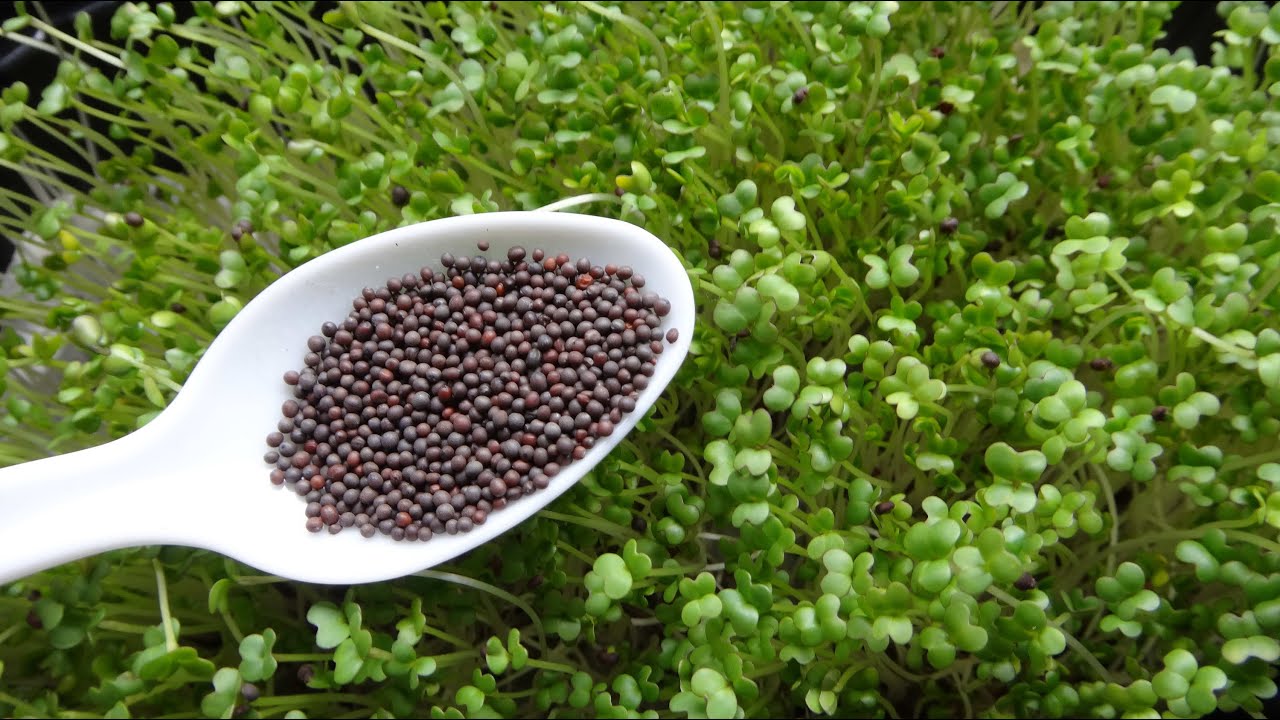
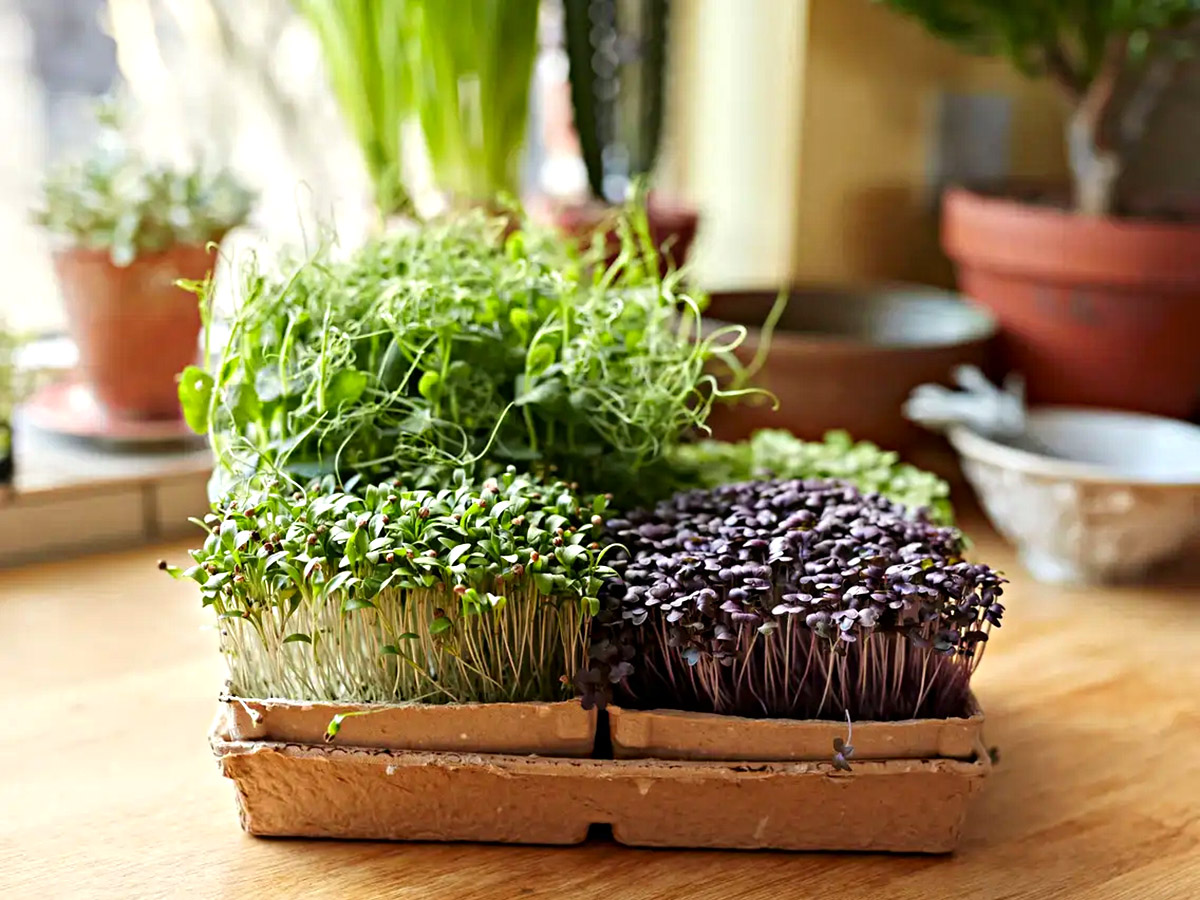
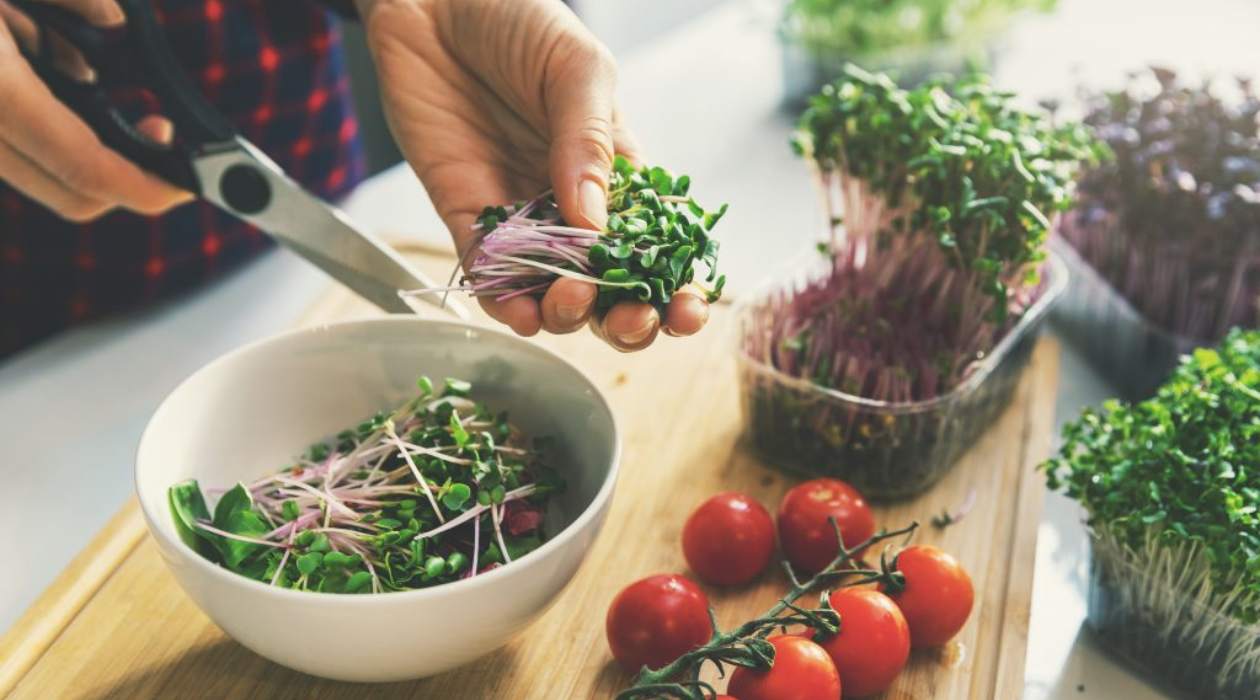
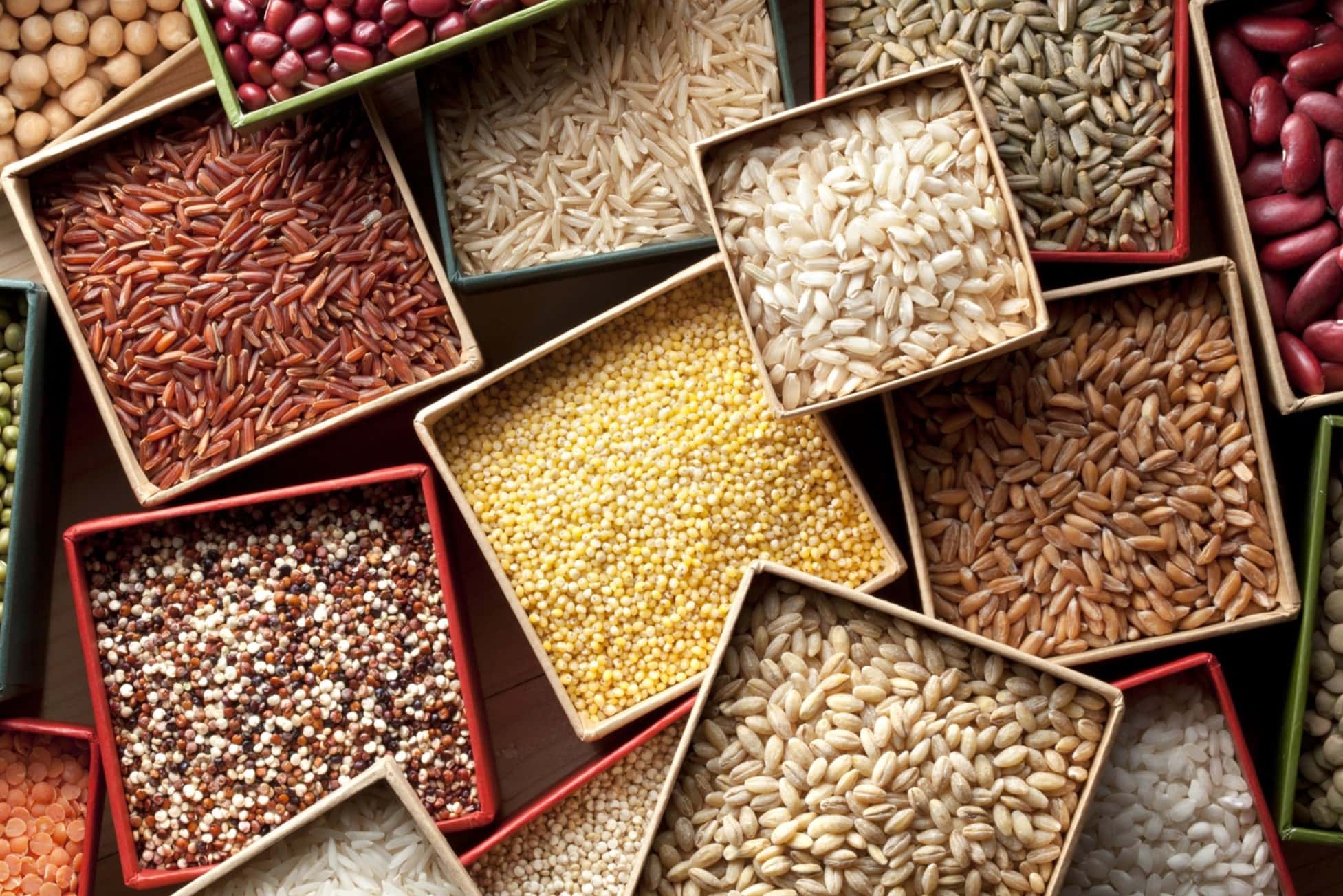
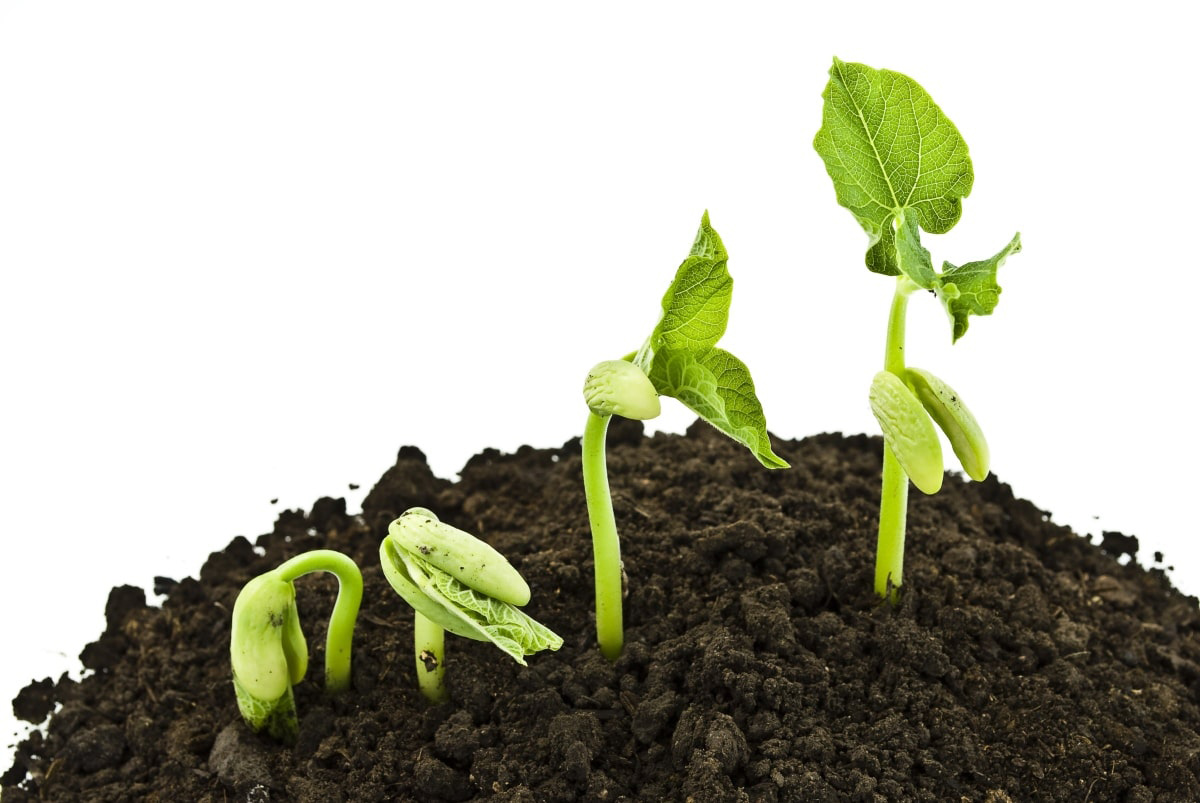
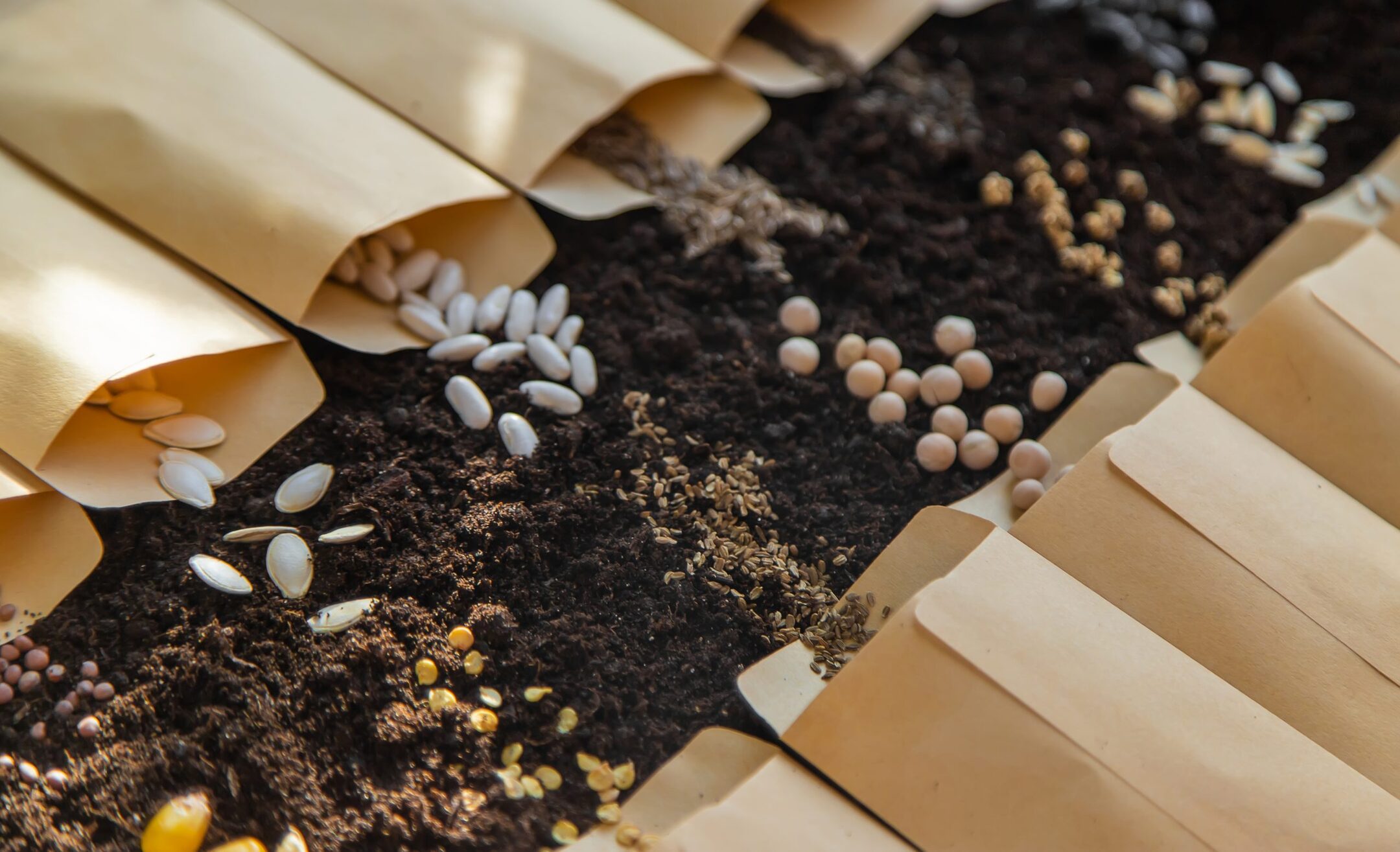
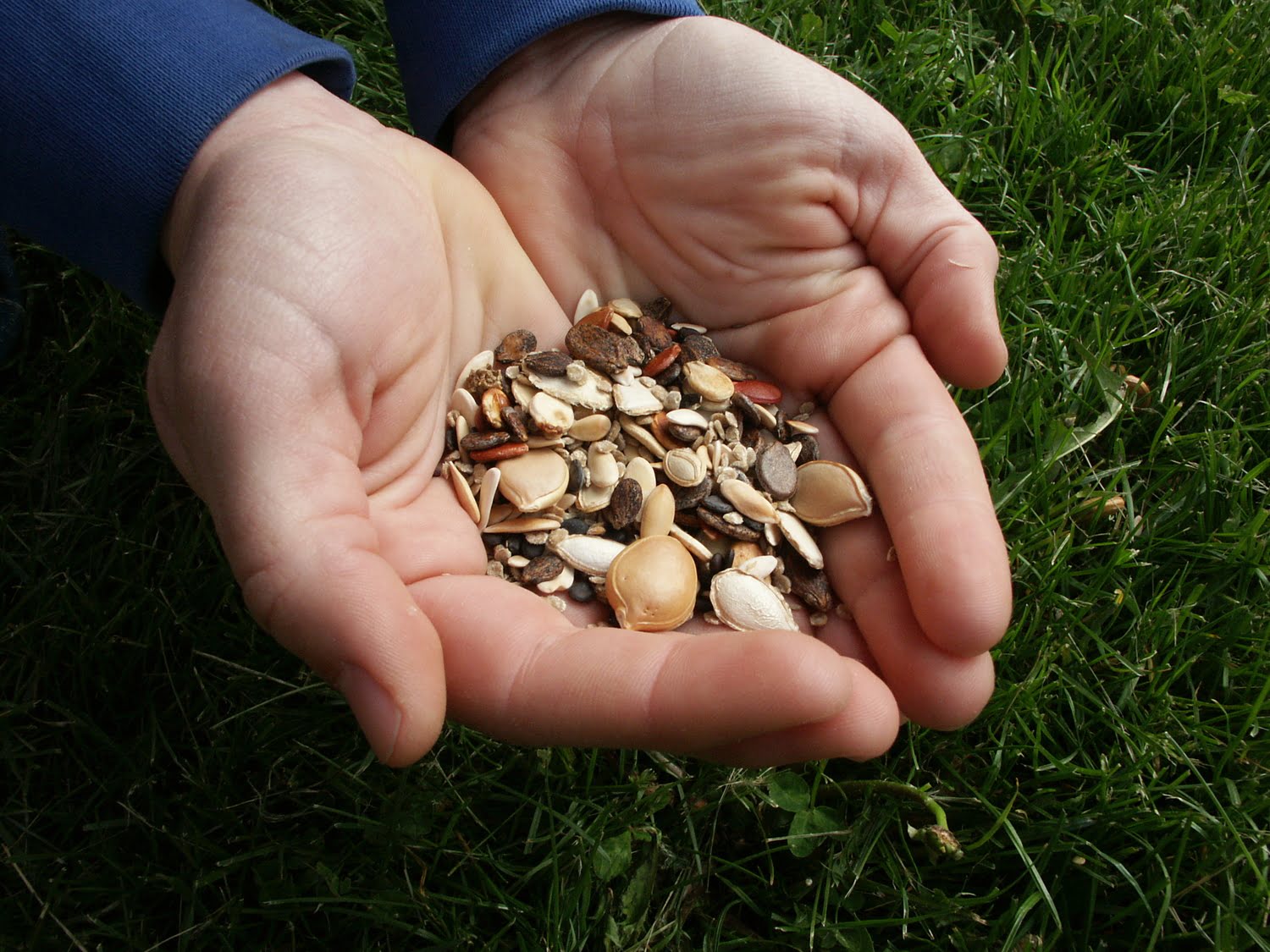
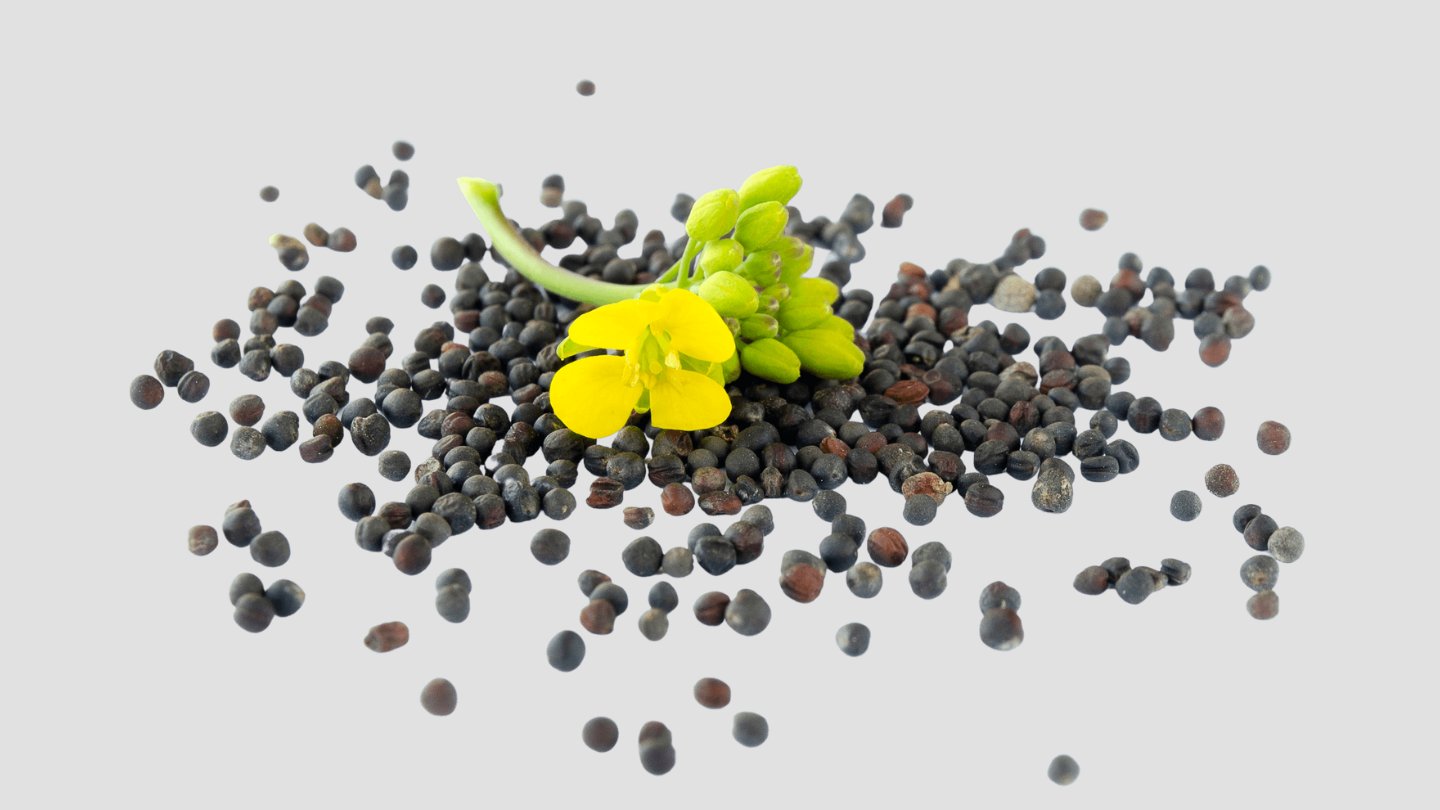
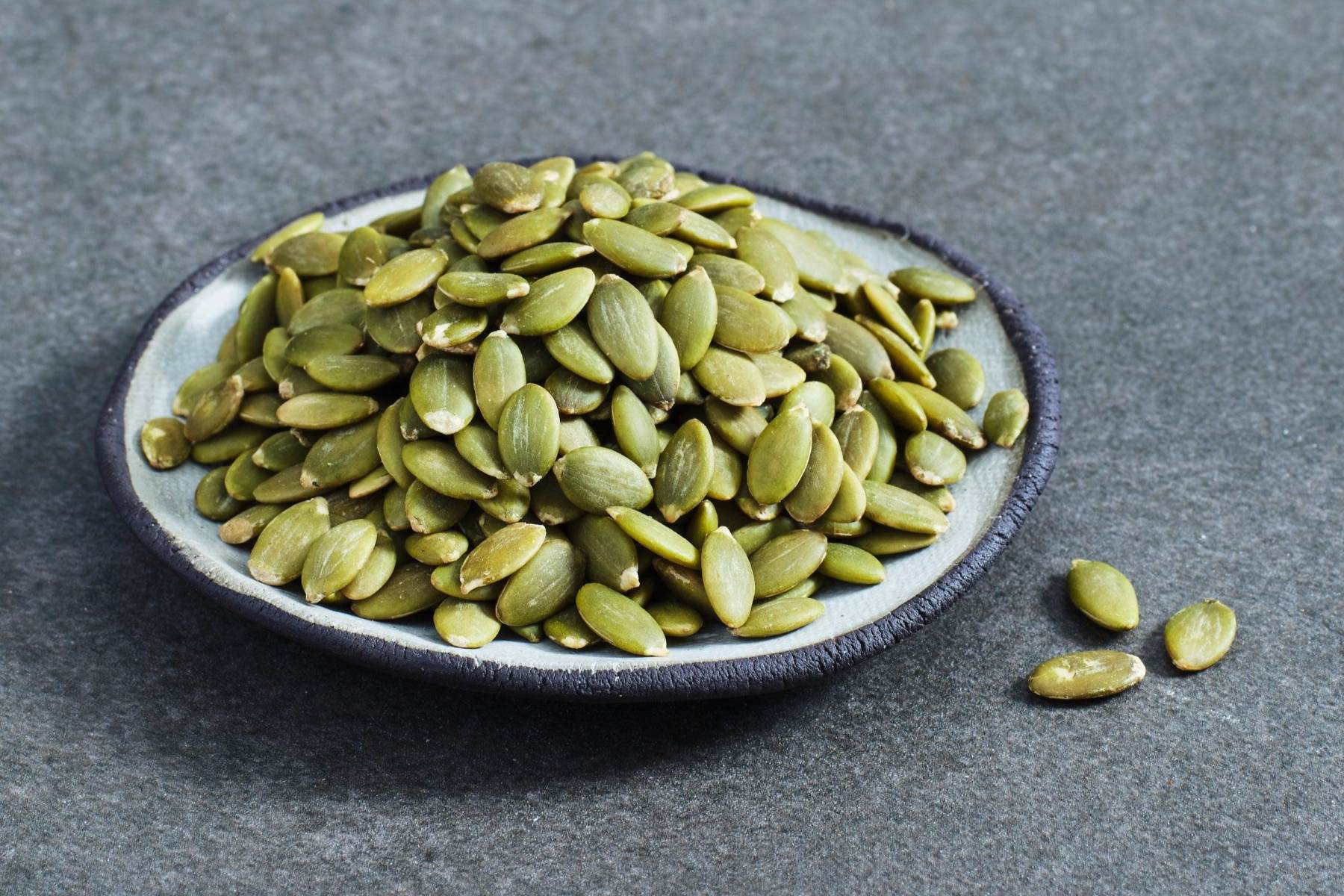
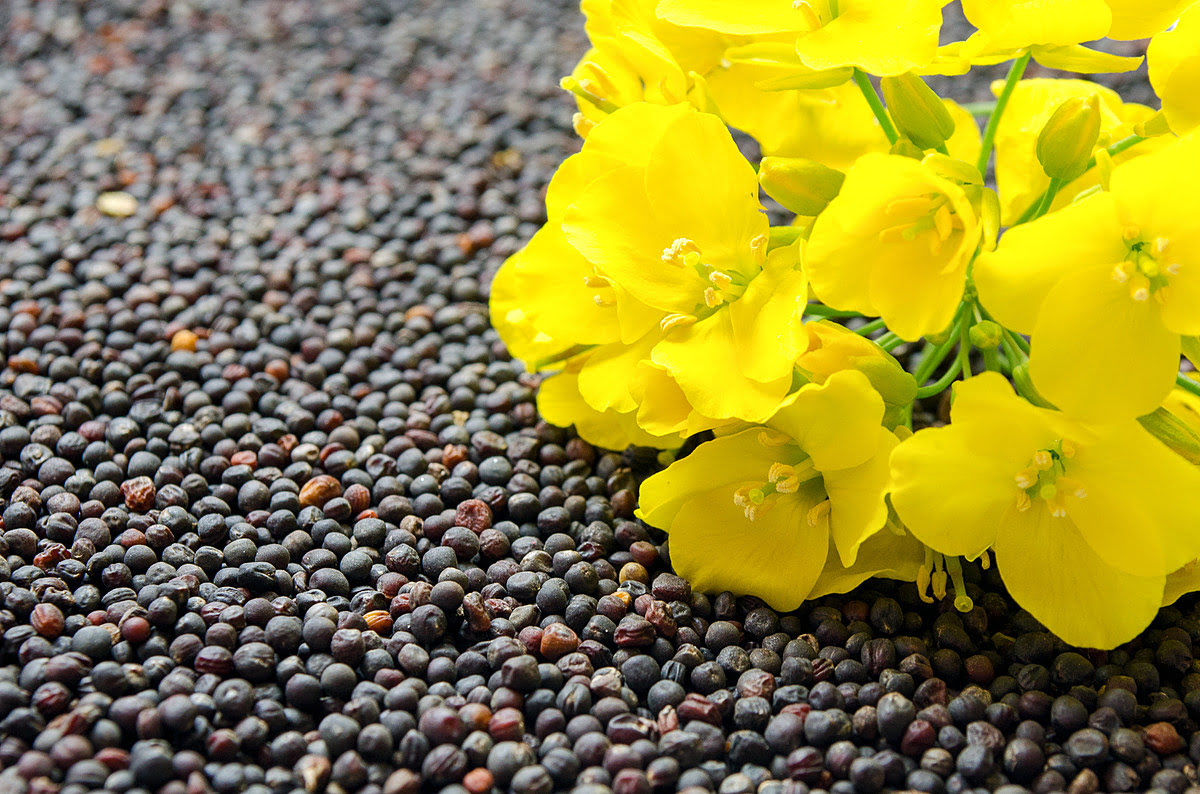

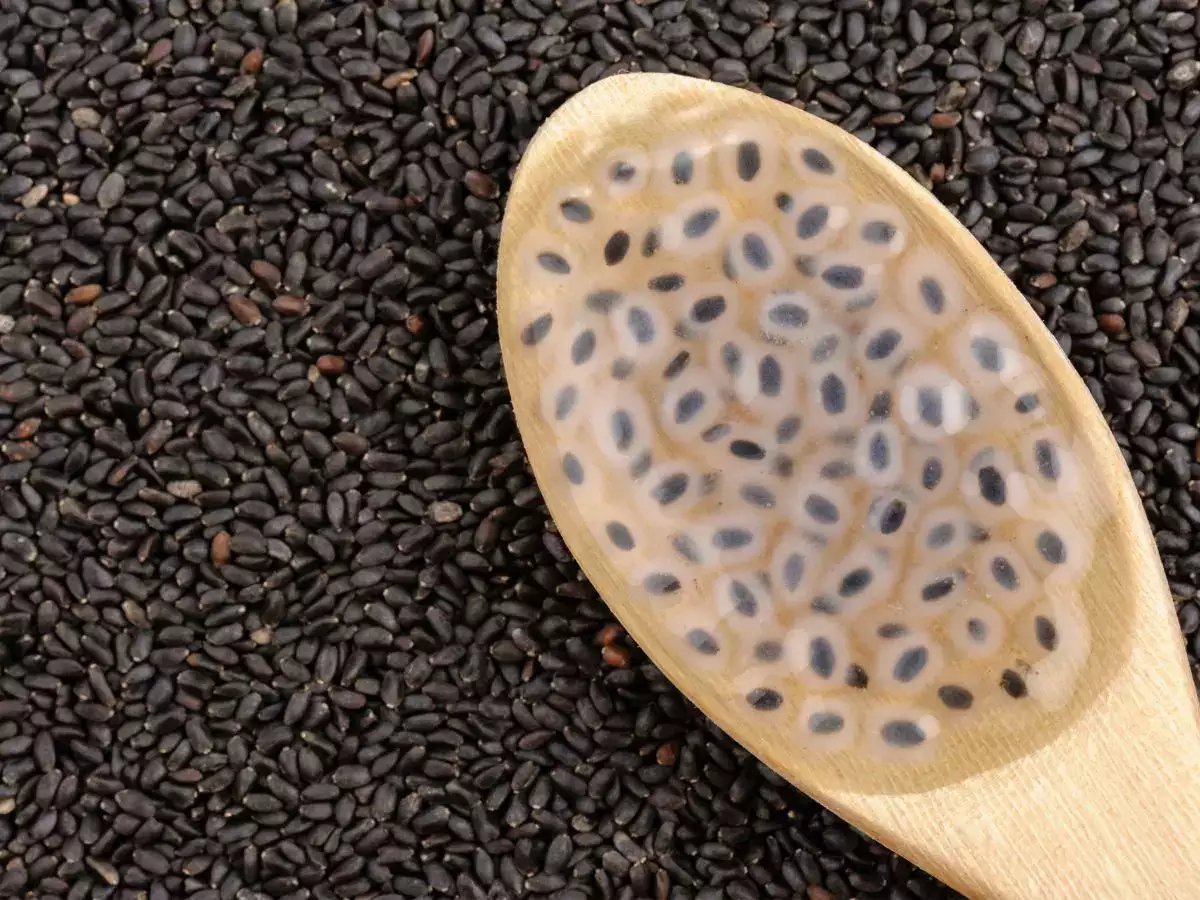
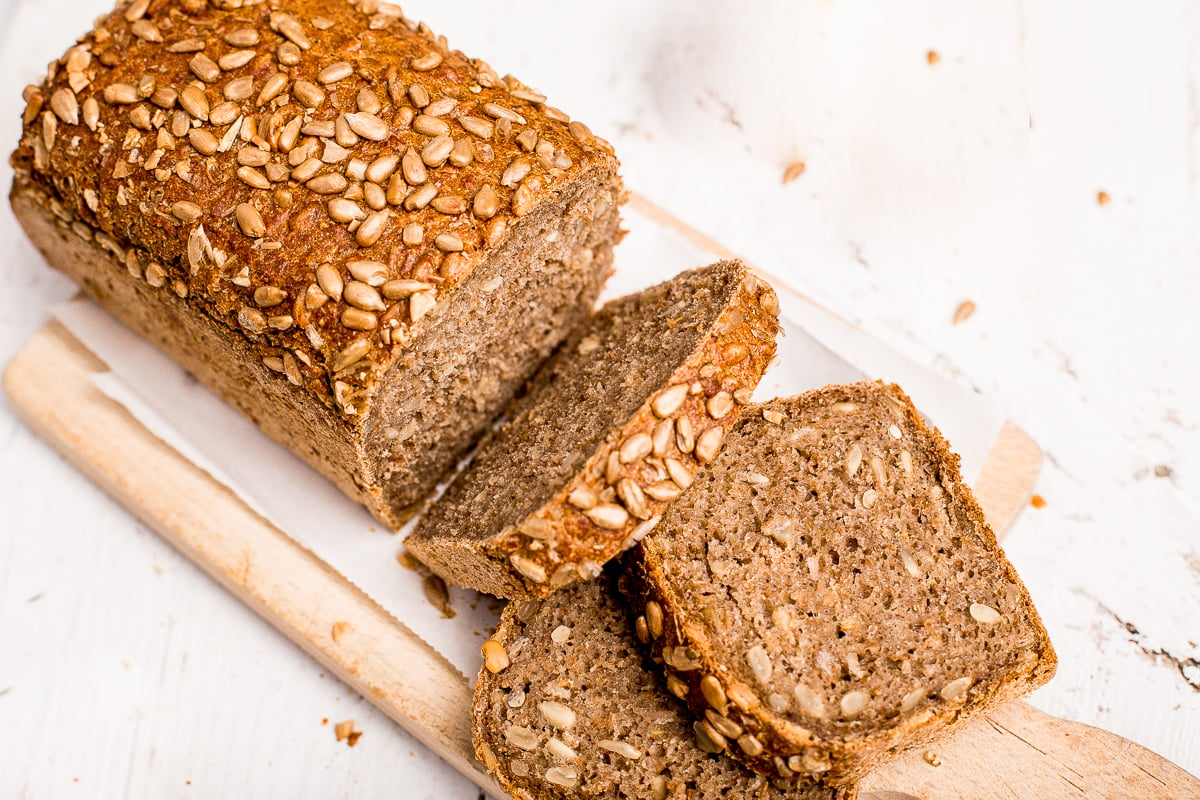
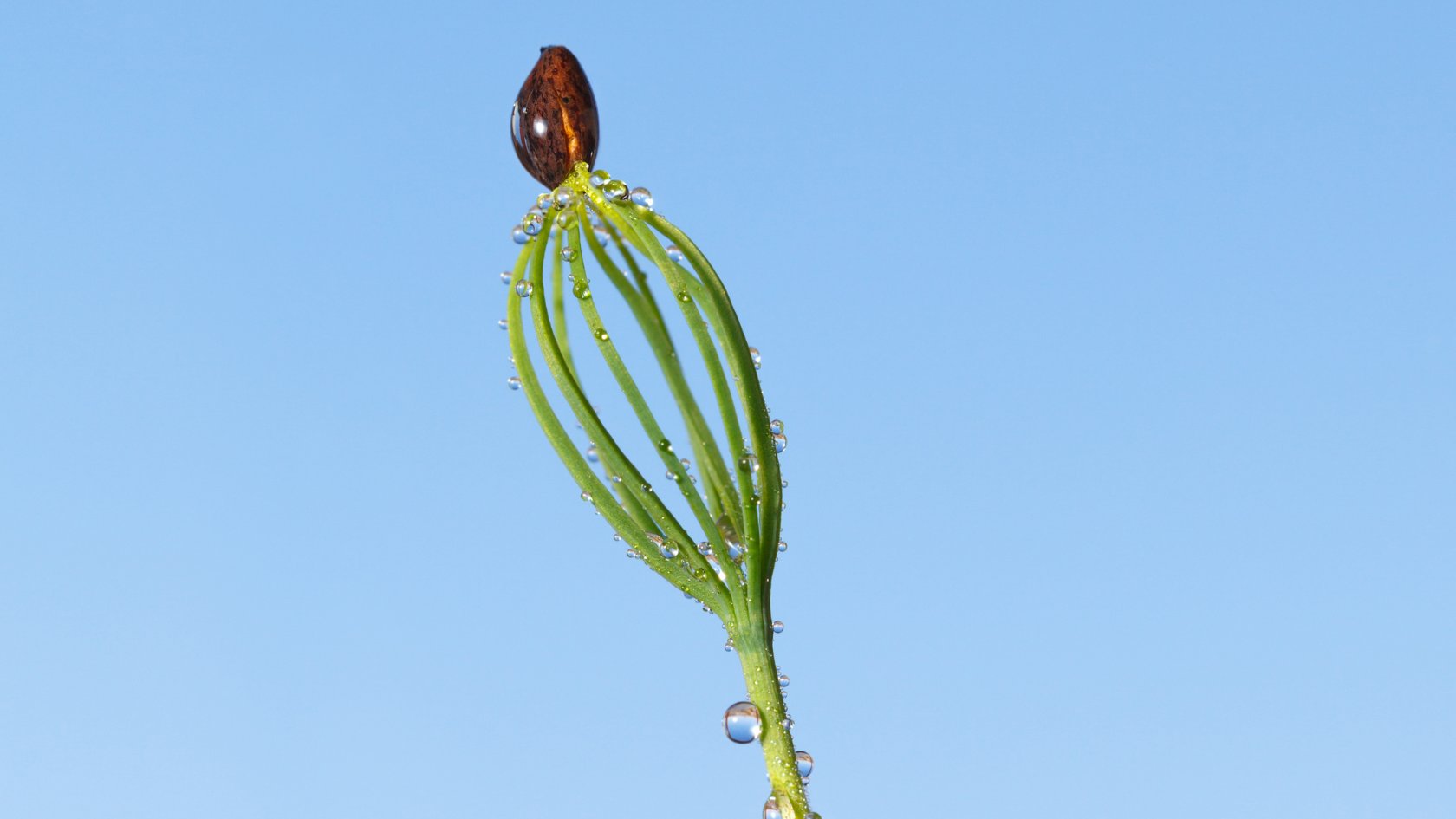

0 thoughts on “What Are Microgreen Seeds”